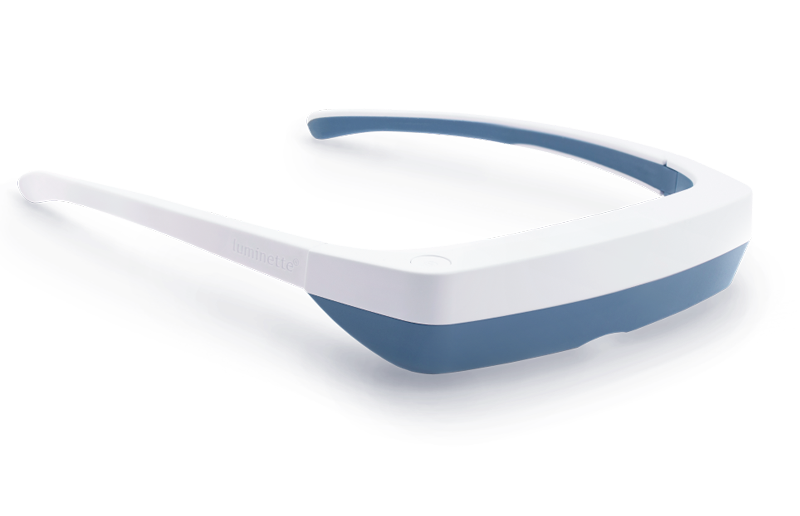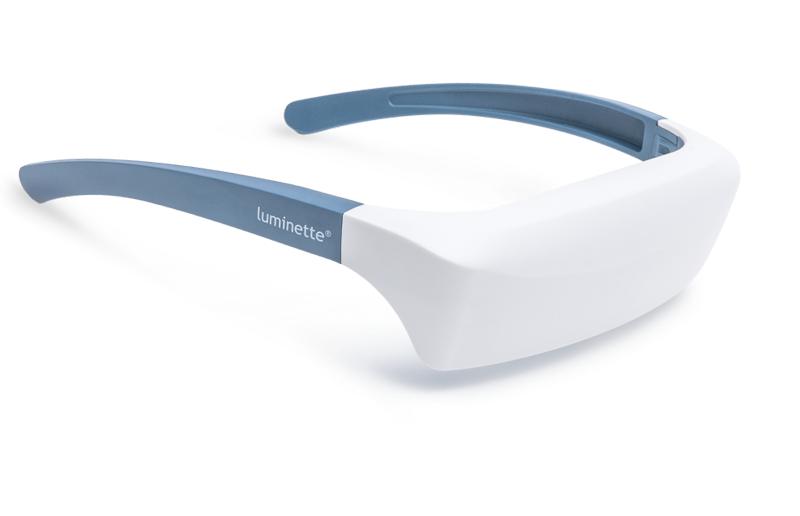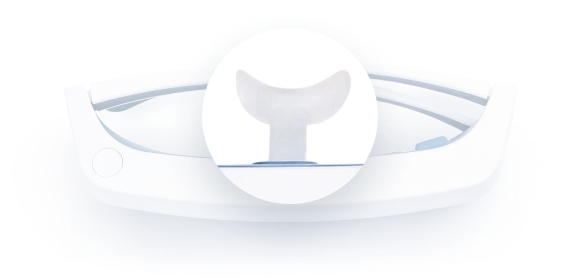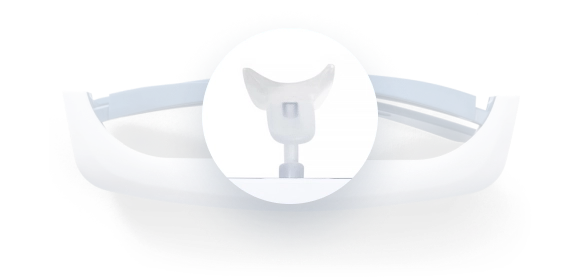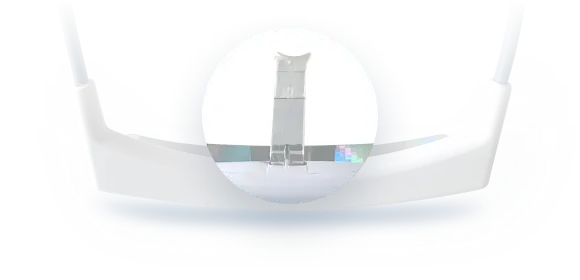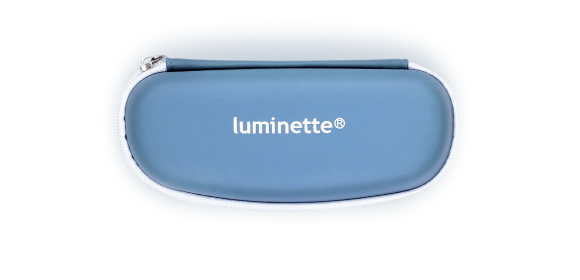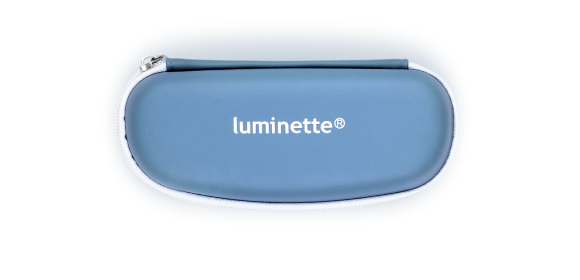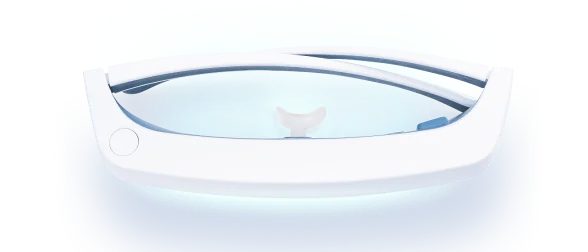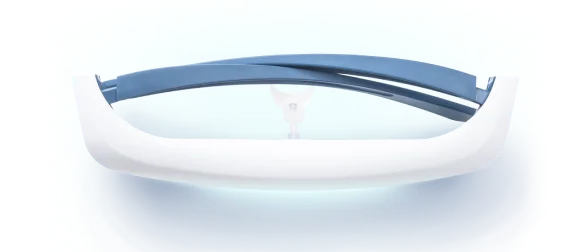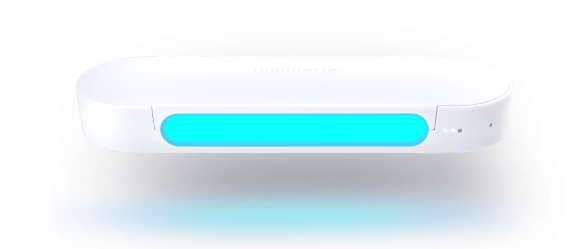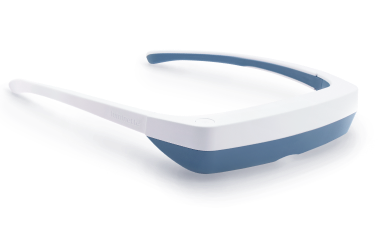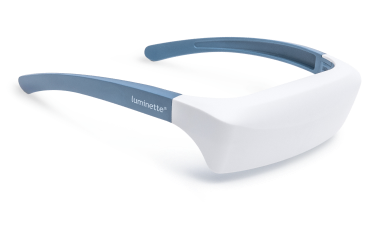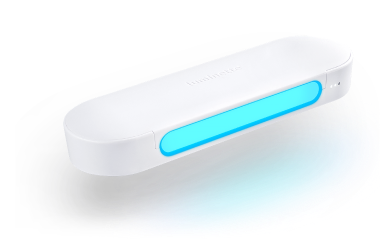For many people, winter is not just a time to fight the cold but also a time to fight persistent tiredness. The cold winter months can bring about a drop in energy levels, fatigue, and even feelings of deep sadness. This condition is commonly known as “winter fatigue” and is linked to changes in light exposure and lifestyle habits that accompany the season.
Light therapy is becoming increasingly popular as an effective way to combat winter fatigue and restore energy levels during the cold and dark winter days.
This article will discuss the causes of winter fatigue, how light therapy helps combat it, and practical ways to incorporate this simple yet effective treatment into your routine.
What is Winter Fatigue?
Fatigue is a part of life; you can feel tired regardless of the season. However, normal fatigue, which people can experience at any time of the year, differs from winter fatigue, which is usually very intense and occurs only during the cold months of winter each year.
Normal fatigue is caused by factors unrelated to the season, such as poor sleep, physical or mental exertion, and certain medical conditions. Thus, people can combat it with sleep and active recovery. However, these strategies do not work with winter fatigue because it is caused by factors tied to the season
Causes of fatigue during winter
Causes of winter fatigue are:
Reduced sunlight exposure
Natural light regulates our body’s internal clock, which governs our 24-hour pattern of activity and recovery. For example, daylight stimulates the production of serotonin, the hormone that regulates mood and energy levels. Daylight also suppresses melatonin, the hormone that induces sleep.
For these reasons, inadequate daylight can result in less serotonin and more melatonin production, and the former leads to low mood and energy levels, while the latter leads to lethargy and sleepiness. Unfortunately, this is what happens during winter.
During winter, the days are shorter, and sunlight is limited and weak. The reduced sunlight affects our sleep-wake cycle and the secretion of brain chemicals. Specifically, your body may secrete less serotonin and not suppress melatonin effectively, causing you to feel tired and lethargic.
Vitamin D insufficiency
Natural sunlight triggers the production of vitamin D in our bodies. When UVB rays in sunlight penetrate our skin, they interact with a compound and start the process of producing vitamin D. Interestingly, vitamin D helps boost energy levels and reduce fatigue.
Thus, reduced sun exposure can lead to vitamin D insufficiency or deficiency, which in turn causes fatigue. The winter months are characterized by reduced sunlight, which causes vitamin D deficiency that makes many feel low.

Lifestyle changes
Because of cold temperatures during winter, people tend to stay indoors more, avoiding outdoor activities like walking, running, or biking. This decrease in physical activity can make it difficult to stay motivated and lead to lower energy levels.
Impact of Seasonal Mood Swings
Seasonal mood swings (also known as winter blues) are a form of disorder that occur at specific times of the year, particularly during winter. People with winter blues experience deep sadness, feelings of hopelessness, or irritability.
Seasonal mood swings are linked with changes in light exposure during winter. As sunlight exposure reduces during winter, the body produces less serotonin. The reduced levels of the feel-good hormone lay the foundation for the low feelings.
Seasonal mood swings contribute to winter fatigue by reducing motivation and causing sleep disturbances.
The role of light therapy
The causes of winter fatigue are traceable to significantly reduced natural sunlight. Therefore, deliberate exposure to bright light resembling natural sunlight should help. This is why light therapy is effective in tackling winter fatigue.
Light therapy is a treatment method that involves using artificial bright light to treat conditions caused by a lack of exposure to sunlight. It uses a special light box that emits bright light of the same intensity as the sun. When exposed to this artificial light, the body thinks it is natural sunlight and reacts as it would when exposed to natural sunlight.
Symptoms of winter fatigue
-
Excessive sleepiness: You may feel tired and sleepy during the day, even after a full and restful night's sleep.
-
Difficulty getting up in the morning: You may struggle to get out of bed or feel groggy for extended periods after waking up.
-
Lack of energy: Having excessively low energy such that even simple tasks feel exhausting.
-
Lack of motivation: Difficulty getting motivated to complete everyday activities or disinterest in activities that used to be enjoyable.
-
Mental fatigue: Being mentally drained and finding it difficult to concentrate or focus on tasks.
-
Mood changes: Feelings of sadness and being easily irritable.
-
Decreased social interaction: Withdrawal from socializing.
-
Changes in appetite: Increased craving for comfort foods, leading to frequent snacking.
How light therapy works
When you are exposed to sun-mimicking bright light, the light does the same thing natural sunlight does. It enters the eyes, after which receptors in the eyes send a message to the brain, which regulates the production of brain chemicals like serotonin and melatonin.
Specifically, upon receiving the light cue, the brain increases serotonin production and suppresses melatonin production.
Light therapy helps you with fatigue in the following ways:
-
Increases serotonin production: Serotonin is the feel-good hormone, so increased levels improve your mood and energy levels.
-
Suppresses melatonin production: Melatonin is the sleep hormone. Darkness makes your body produce it to induce sleep, while daylight suppresses its production to promote wakefulness. Light therapy reduces melatonin levels to promote wakefulness and alertness, helping you banish sluggishness and fatigue. Light therapy’s regulation of melatonin also helps correct disruptions to the body’s internal clock. This promotes better sleep at night and prevents lethargy during the day.
Benefits of Light Therapy
-
Improves mood: Light therapy increases the feel-good hormone serotonin to help boost mood and reduce feelings of deep sadness and anxiety.
-
Improves sleep: Light therapy can regulate the body’s internal clock, helping you stay alert during the day and sleep restfully at night.
-
Helps with jet lag: If your body’s rhythm is out of sync with your time zone because of high-speed travel across multiple time zones, light therapy can help reset your body’s internal clock, preventing you from sleeping when you should be awake and vice versa.
-
Increases focus and concentration: Light therapy promotes wakefulness during the day. This boosts alertness, making it easier to think clearly and be productive.
- Promotes overall well-being: Exposure to bright light helps combat low energy and low mood, even for those without seasonal mood disorders. And this has a positive impact on overall well-being.
Using light therapy effectively
To combat winter fatigue with light therapy, you need to choose the right light therapy device and know how to use it effectively.
Light therapy devices
There are different light therapy devices as follows:
Panel-style light therapy device
These are large and bulky light boxes/lamps for light therapy devices. They have large light-emitting surfaces and emit the right intensity of light (10,000 lux) from the greatest distances. But they are immobile, meaning you must sit by them for your light therapy session. Their large sizes can cause inconvenience when travelling with them.
Compact light therapy devices
These are smaller and lighter light therapy lamps (compared to the panel-style devices). Their light capacity is weaker, but the blue part of the spectrum is usually enriched to ensure they have the same effect as sunlight. Though they’re easy to carry about, you must sit by them during your light therapy session.
Light therapy glasses
These are specialized glasses that send sun-mimicking light into your eyes for light therapy on the go. These glasses have a light source mounted on them. So, you simply wear them as regular eyeglasses and receive light therapy even when moving around. They allow you to have light therapy without sitting in one place or worrying about not moving your head excessively.
How to use a light therapy device
Choose the right light box
Only bright light that mimics sunlight is strong enough to affect your body as natural sunlight would. To combat winter fatigue using light therapy, choose a light therapy device that emits sun-mimicking light. The device should emit 10,000 lux of light, which is the light intensity of ambient daylight.
Most light therapy devices come as light boxes (lamps). When using a light box or lamp, you’ll have to sit close to it (and minimize head movement) for your light therapy treatment. If you don’t want the inconvenience of sitting close to a light therapy box or lamp all through your treatment session, choose light therapy glasses (like the Luminette 3). With Luminette 3, you can have light therapy when brushing your teeth, eating, reading a book, doing light exercises, and more.
Timing and duration
To combat winter fatigue with bright light therapy, get 20-30 minutes of light therapy sessions every morning, preferably within an hour of waking up. Morning exposure boosts energy levels throughout the day.
Be consistent
To effectively treat winter fatigue using light therapy, have regular sessions. Administer it every day throughout the cold and darker winter months. Your energy levels and mood will improve over time.
Tips for maximising the benefits of light therapy
-
Use light therapy during periods of limited sun exposure: Use light therapy throughout the winter months when sunlight is limited and weak. However, light therapy is not only for winter use. Use it in other seasons when you cannot get out more to receive enough sunlight.
-
Choose light therapy glasses: These specialized devices ensure that the right amount of light is delivered to your eyes at all times during your session for optimal light therapy results.
-
Start slowly: If you’re new to light therapy, start with shorter sessions of 10-15 minutes and gradually increase to the recommended 20-30 minutes.
-
Observe the effects: Pay close attention to how you feel during and after your light therapy session. If you feel headaches or eye strain, reduce exposure time.
Additional tips for combating winter fatigue
Regular exercise
Exercise helps stimulate serotonin production, which boosts your mood and energy levels. While the cold may make exercising challenging, try to exercise regularly in your office and home environments. Even a brief lunchtime walk helps.
Healthy diet
A good (well-balanced) diet can support better energy levels. Eat nutrient-rich foods, including plenty of fruits, vegetables, and lean protein.
Vitamin D supplements
Since sunlight (which is used for vitamin D production) is limited during winter, vitamin D deficiency is common in these darker months. The deficiency causes low energy and fatigue. Thus, tackling vitamin D deficiency in winter can help you combat winter fatigue. One of the best ways to tackle vitamin D insufficiency and deficiency is to take vitamin D supplements.
Good sleep
Not having quality sleep at night can worsen feelings of tiredness and lethargy during the day. Try to have at least eight hours of quality sleep each night. To improve sleep quality, avoid caffeine eight hours before bedtime. Also, avoid using electronics before bedtime, as the blue light from them can affect sleep quality.
Stress Management
Stress drains energy. It leads to the release of certain hormones (cortisol) that deplete energy levels. Therefore, managing stress effectively reduces this drain on your energy, helping you feel more energized and less fatigued. That said, during the winter, incorporate stress management activities like deep breathing exercises and meditation into your regular routine.
Social connection
Since people spend more time indoors during winter, it’s easy to fall into a cycle of isolation. And feelings of isolation worsen low mood and lethargy. Thus, combating feelings of isolation can help you combat winter blues and keep you emotionally energized. Social interaction (through a friendly chat, a video call, or a small get-together) can help.
You may also like: Light Therapy for Relieving Summer Blues Naturally.
Conclusion
The cold and dark winter days can suck your energy, leaving you feeling low and excessively tired. However, your winter days don’t have to be dominated by low points. Light therapy can help you combat winter fatigue and boost your mood throughout the colder months.
Light therapy glasses are the best treatment for winter fatigue. They offer convenient treatment: you wear them like regular glasses and can continue your normal activities.
Luminette 3 is the best light therapy glasses you’ll find. It is lightweight and comfortable; you can wear it over your regular eyeglasses. Banish winter fatigue and take control of your energy levels during the cold months. Get the Luminette 3 today!
FAQ
What is winter fatigue?
Winter fatigue is persistent tiredness (often accompanied by low mood) that many people experience during winter.
What causes winter fatigue?
Winter fatigue is caused by a combination of factors related to the winter season, particularly limited sunlight exposure and cold weather. Limited sunlight reduces serotonin production, causing low energy levels, while cold weather causes people to remain indoors, reducing motivation and energy levels.
What are the symptoms of winter fatigue?
Symptoms of winter fatigue include excessive sleepiness even after a good night's rest, difficulty getting up in the morning, lack of energy, difficulty getting motivated, disinterest in activities that used to be enjoyable, difficulty concentrating, feelings of deep sadness, and withdrawal from socializing.
How does light therapy work?
A special device emits a bright light that mimics the sun. Your brain thinks it is natural sunlight and reacts as it would when you’re exposed to sunlight, such as by increasing the production of serotonin. And this feel-good hormone boosts mood and energy levels.
Is light therapy safe?
Light therapy is generally safe. However, some people experience mild side effects like headaches and eye strain, which are temporary and subside with time.
How long does it take for light therapy to work?
How long it takes light therapy to work depends on the condition being treated. Light therapy can lift mood and increase energy levels within the first week. But it can take 2-4 weeks to see significant results.
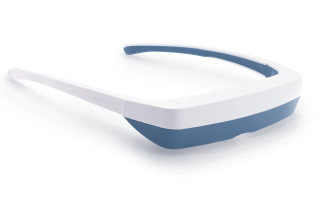
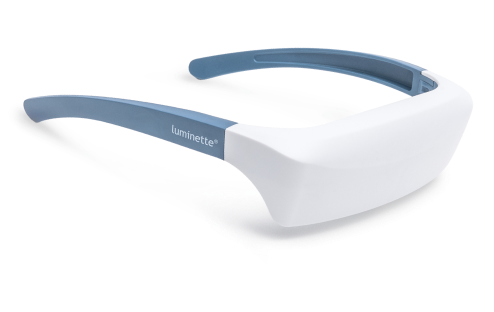
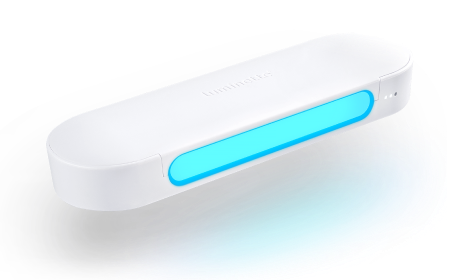
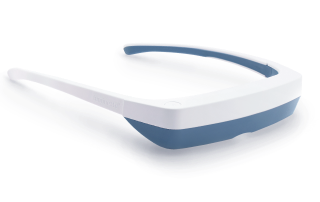
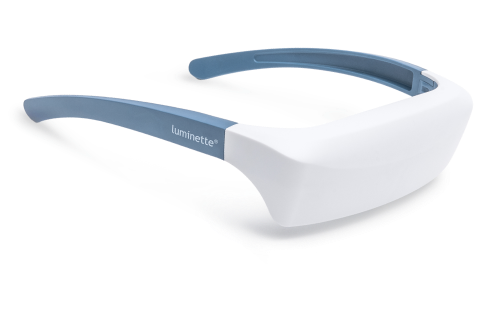
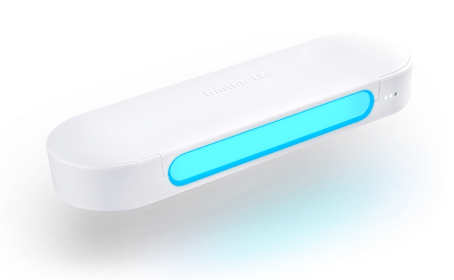
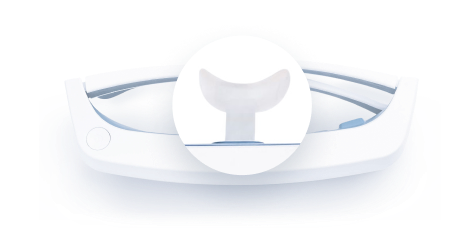
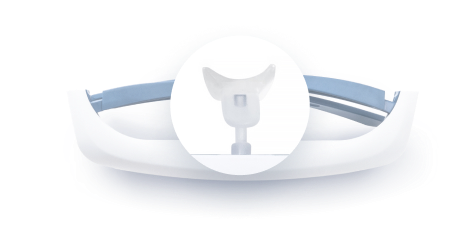
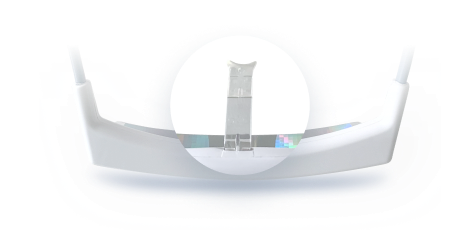
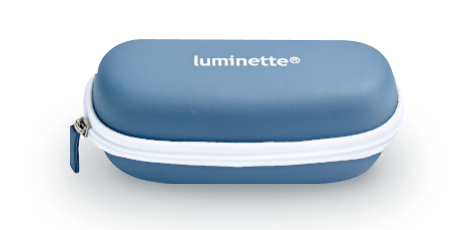
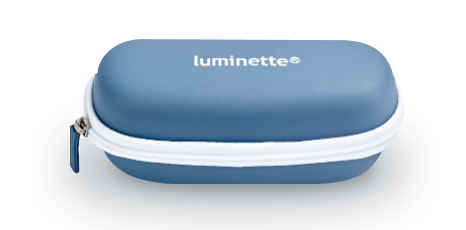
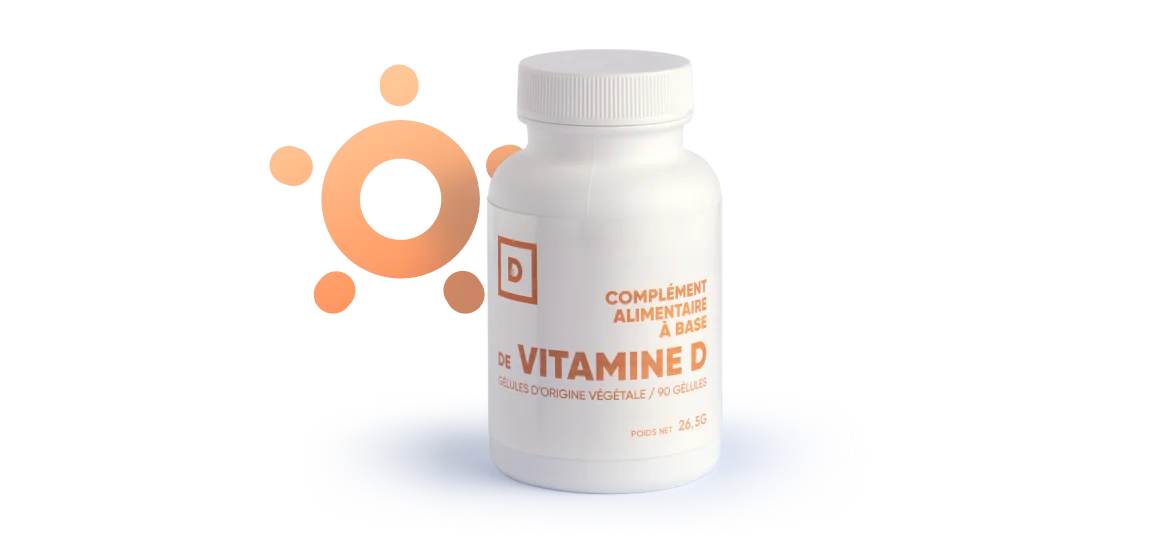



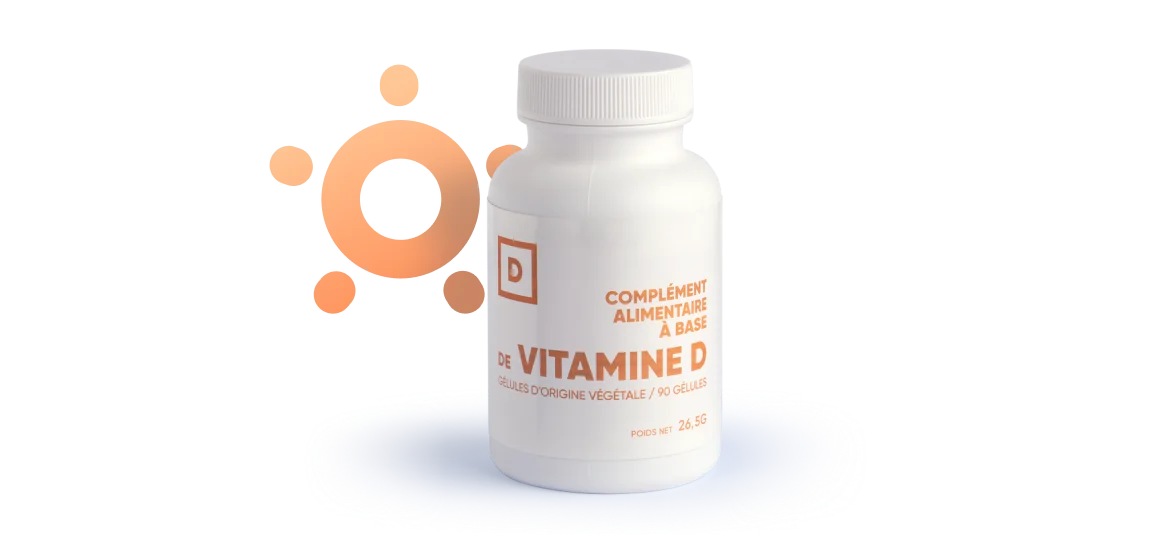
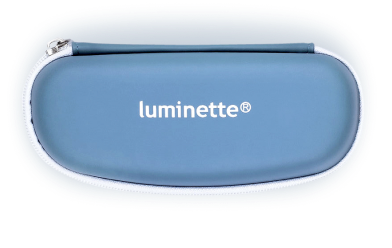
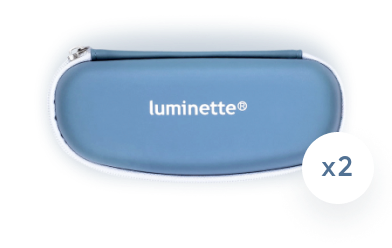
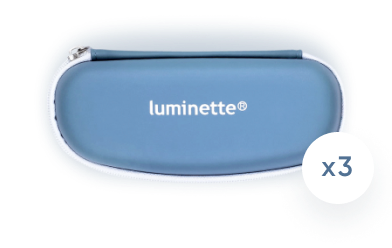
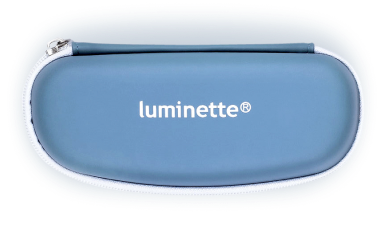
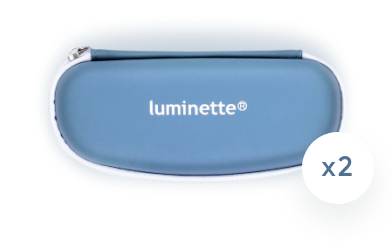
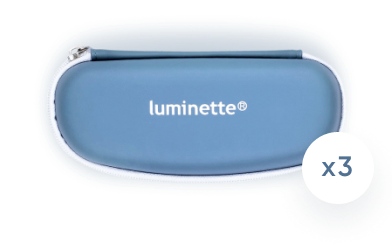
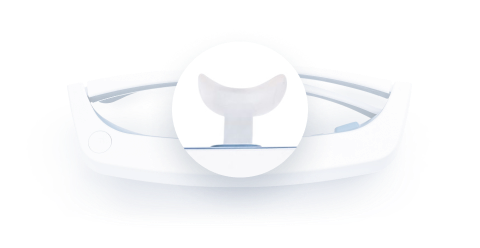
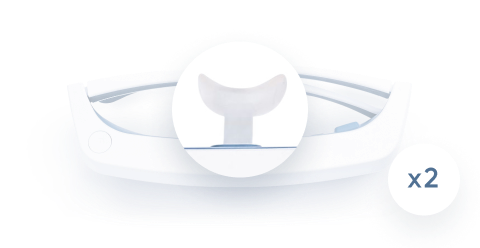
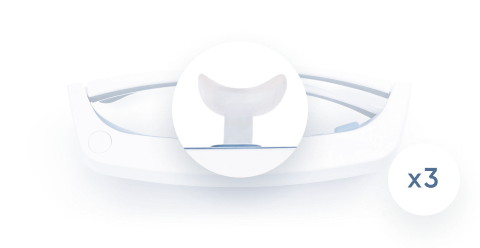
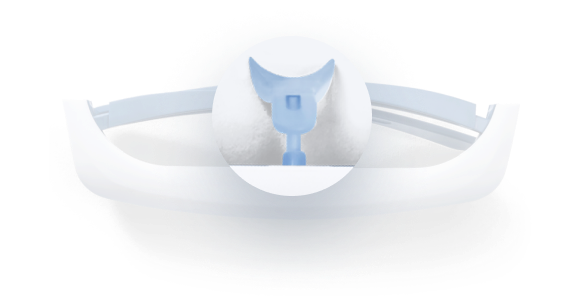
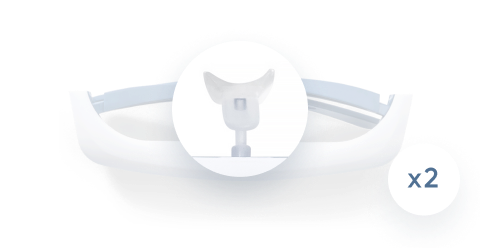
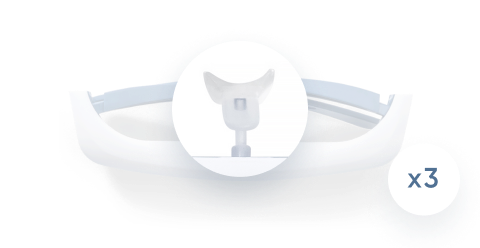
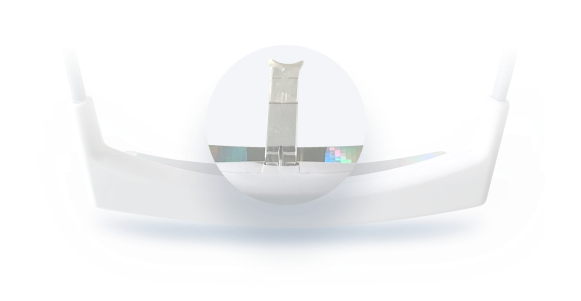
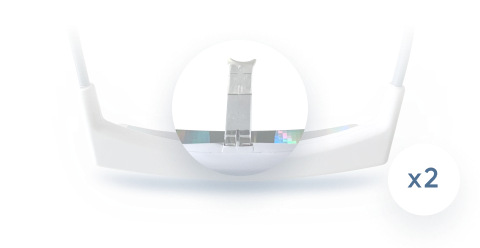
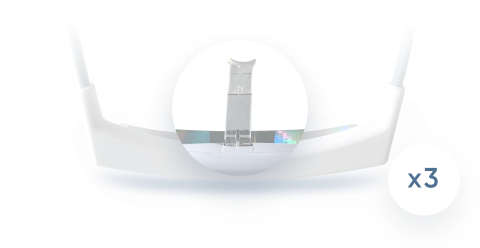
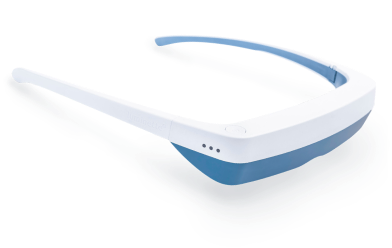
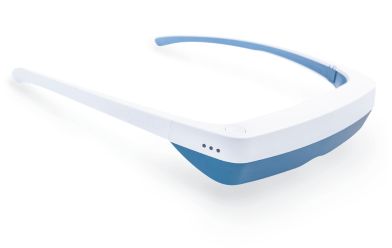
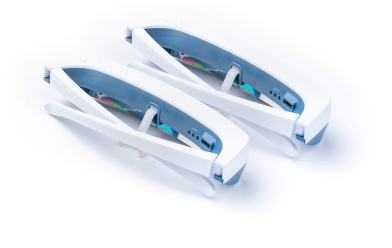
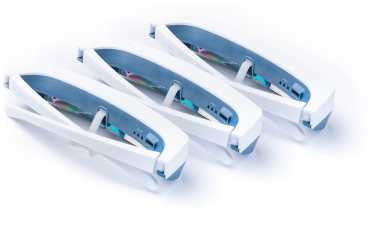
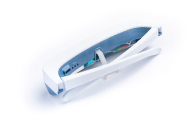
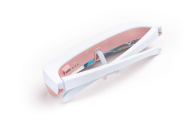
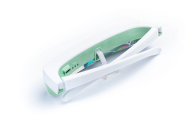
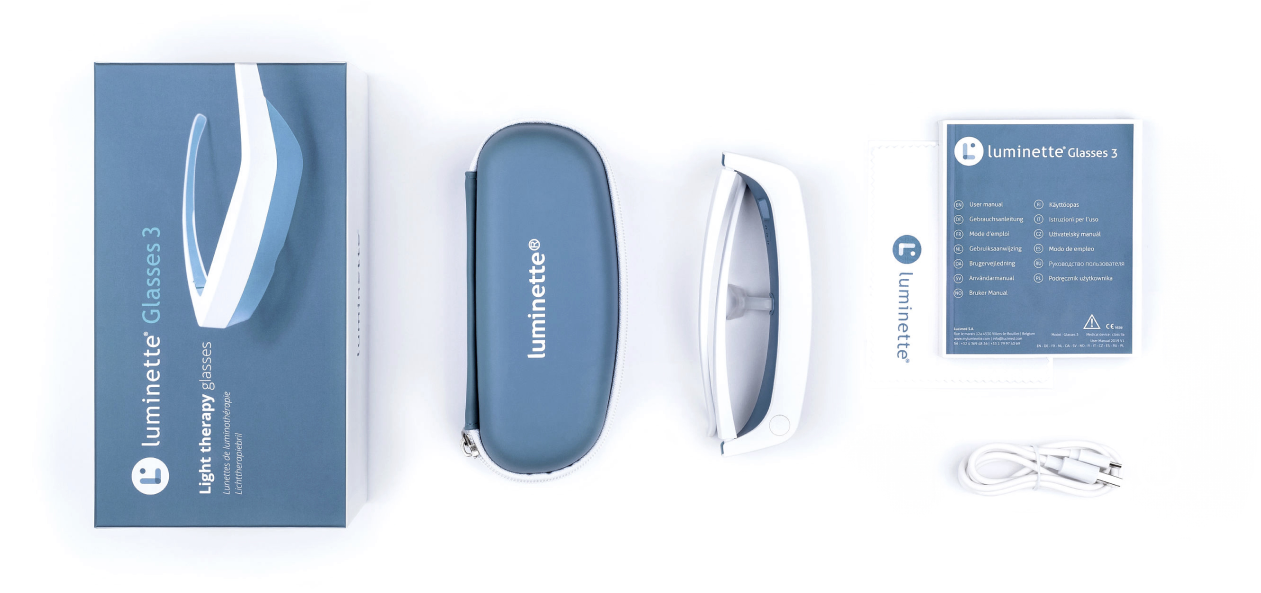
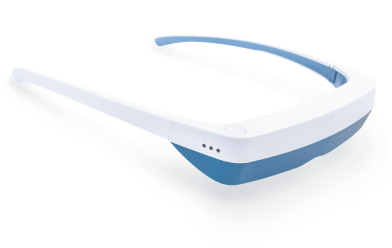
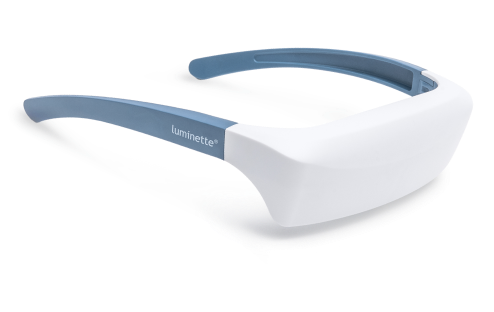
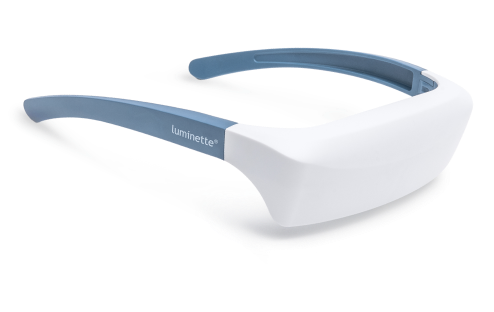
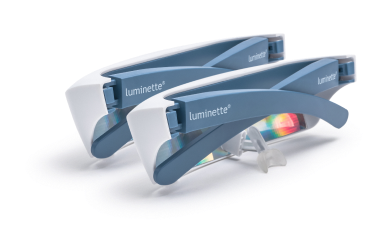
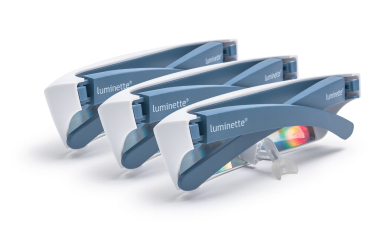
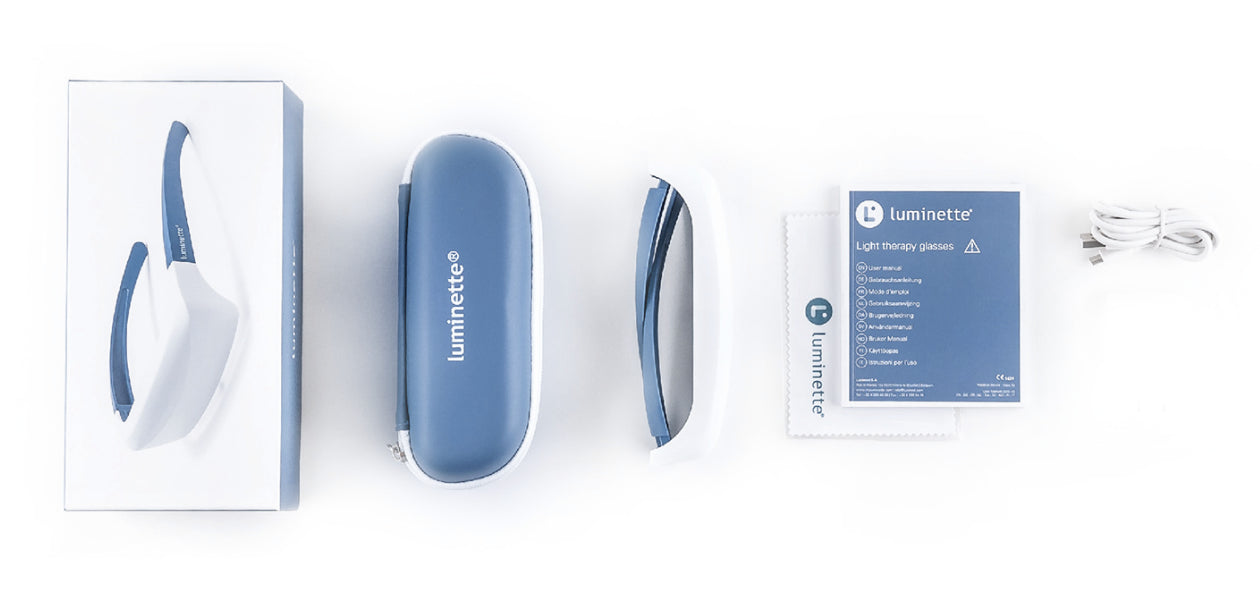
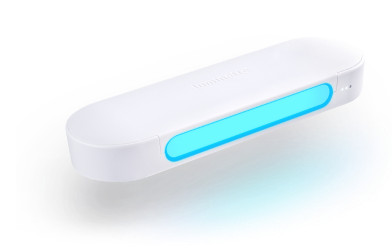
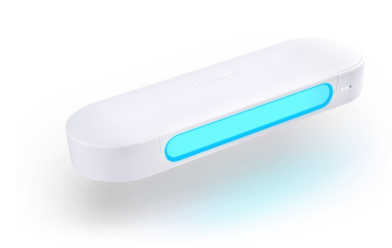
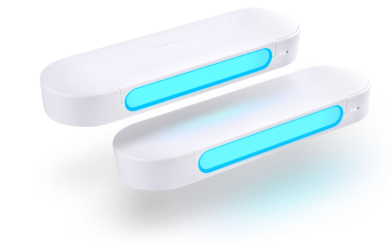
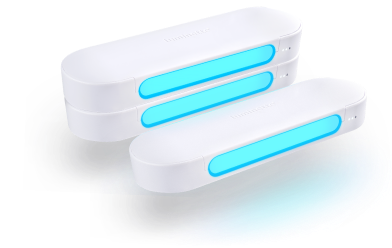
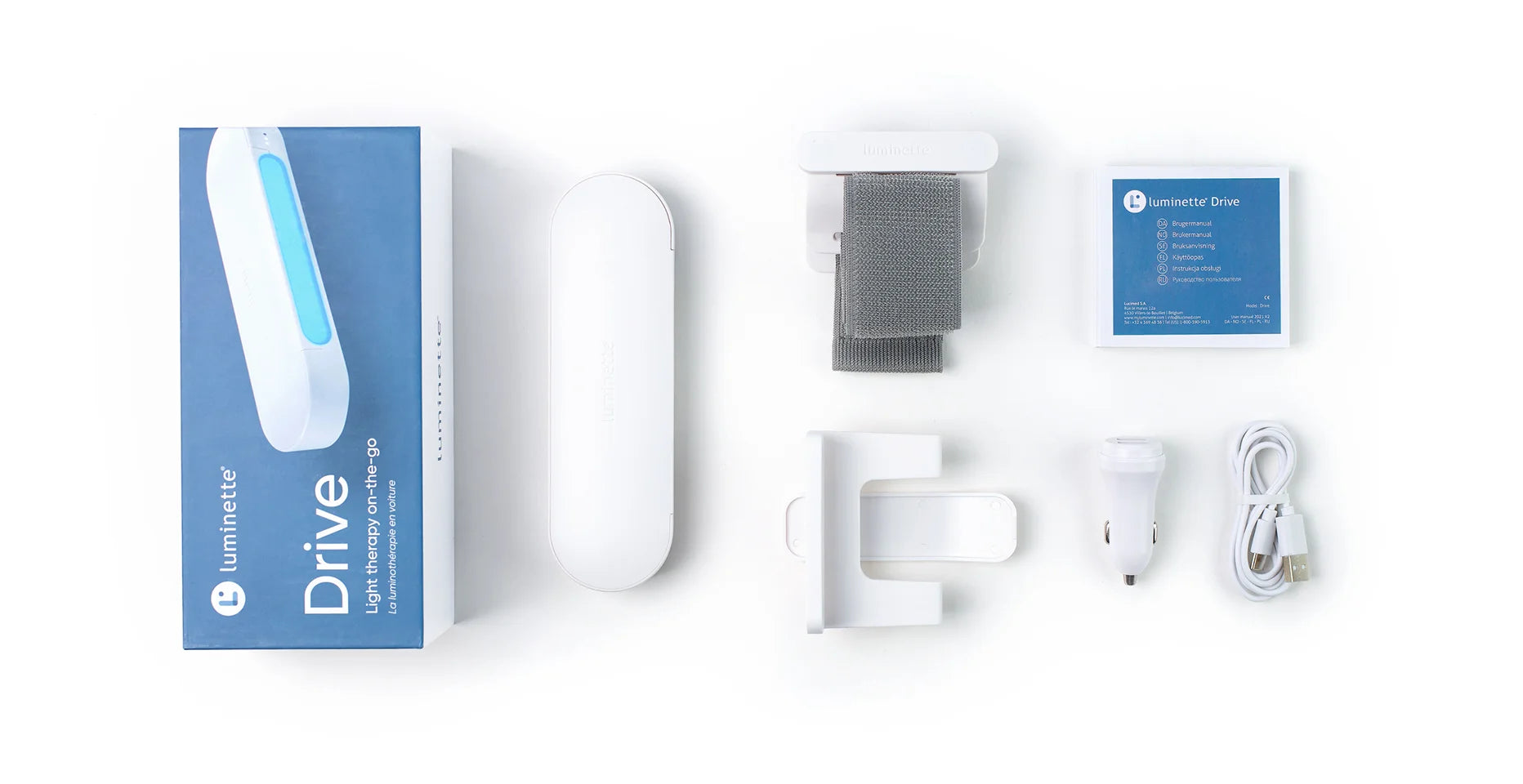

 Please note
Please note


